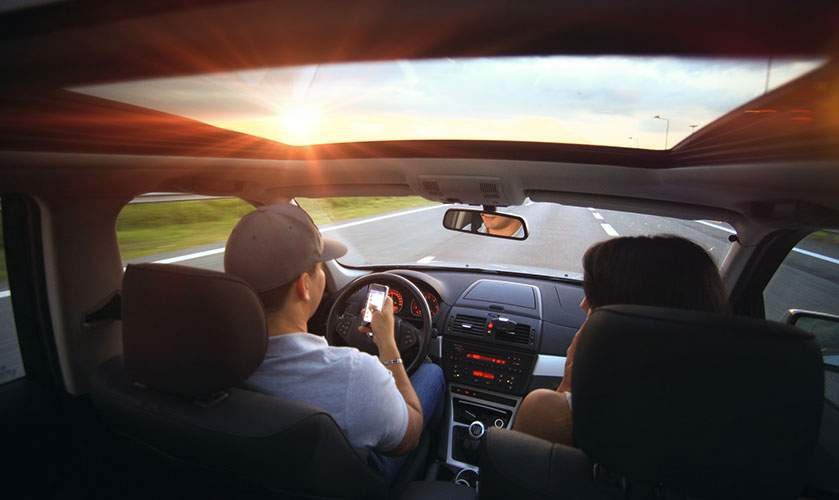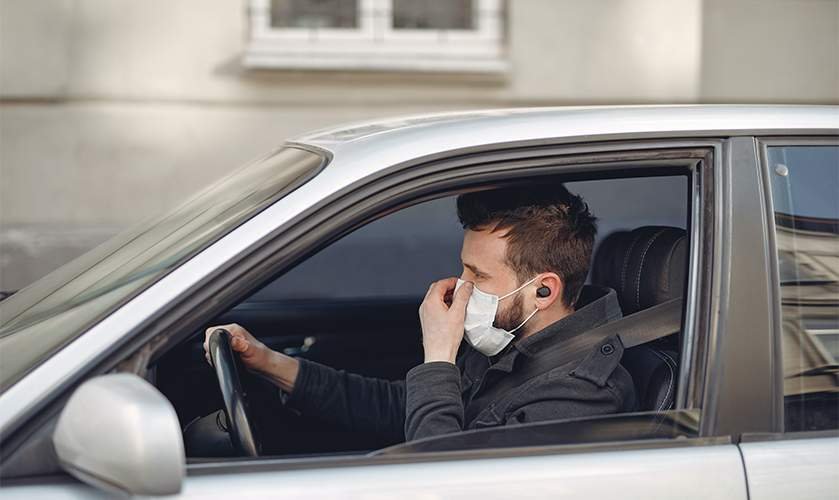Driving Safety
Driving is a necessity in today’s fast moving world. Sometimes, health issues such as diabetes may come in the way of driving, and many people diagnosed with either type 1 or type 2 diabetes have concerns on how their disease will affect their driving habits.
Can diabetic people drive?

It is not uncommon for diabetic people to have this concern. But the truth is that diabetic people can still drive motor vehicles. However, people with diabetic complications such as recurrent hypoglycemia, vision issues and nerve damage should consult their doctor prior to driving. Also, people with diabetes should always take precautions mentioned below while driving.
Driving laws

State licensing rule :
Each state has its licensing rule related to medical conditions including diabetes. In some states, diabetic drivers must have a signed document of the confirmation that they can drive. This lawful idea can prevent diabetic people from unexpected incidents resulting from complications. Licensing can also require medical reports from doctors before receiving the license.
Commercial drivers: for commercial drivers, there is a separate set of rules established by the federal motor carrier safety administration. These rules were updated in 2018.
How does hypoglycemia affect driving?

Managing blood glucose levels is essential while driving. A low blood glucose level can cause an inability to concentrate and even fainting spells while driving. Hypoglycemia not only affects cognitive ability but also motor skills. A low blood sugar level can make the person inactive and unable to stay alert and respond during unexpected traffic situations. This should be noted that certain diabetes management medications can cause low blood sugar levels.
Only the healthcare provider can tell which medicine is causing the risk. People who take such medicines should stay careful and should frequently check their blood glucose levels before and along the journey.
Tips for safe driving

- Keep your blood glucose level checked: Ensure the blood sugar levels are at least 80mg/dL and if it’s lower than this, eat some snacks and take the reading again in 15 minutes.
- Take fast-acting carbohydrates: Keep quick-acting carbohydrates or glucose tablets with you in the car.
- Keep a glucometer: Always keep a glucometer with you so that you can check BG levels anytime it’s needed.
- Consider having a CGM (continuous glucose monitoring): As the name says, it will monitor glucose levels continuously throughout the day.
- Look for any restaurants or rest stops: While driving, be aware of restaurants and restrooms in case your blood sugar drops below normal.
- Keep some snacks with you: Pack some snacks for you such as nuts, sandwiches, protein shakes, etc. that have a combination of fat, proteins and carbohydrates to keep glucose levels optimum.
- Keep any medical proof with you: Having any medical proof or document will help you during any mishappening or accident.
In short, words, keep your car full of snacks, as you may need some quick carbs during emergencies. Glucose tablets, candies or jellies are fast-acting carbs that will save you in an emergency.
While driving
All diabetic regular drivers should follow the prevention tips to get rid of any unwanted situation:
Know the signs of hypoglycemia

Every person with diabetes should know the emergency and know the signs.
The signs of hypoglycemia are:
- Hunger
- Sweating
- Shakiness
- Sleepiness
- Headaches
- Confusion
- Blurred vision
Eat fast-acting carbs if levels are low: have some quick-acting carbs and retest after 15 minutes. Do not continue driving until the blood glucose levels reach at least 80mg/dL.
Check blood sugar levels frequently: keep an eye on your blood glucose levels, even when wearing CGM, ensure to keep it safe and optimum.